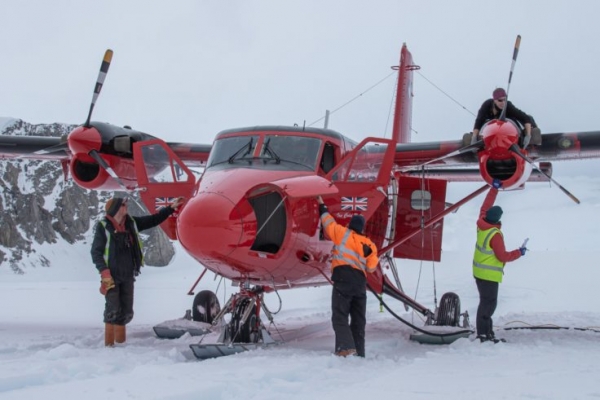A team of scientists are currently conducting a major experiment over the Southern Ocean that will help to improve climate modelling.
The Southern Ocean Clouds project team are performing several flights from British Antarctic Survey’s (BAS) Rothera Research Station over the Southern Ocean. A Twin Otter aircraft will be equipped with instruments that will measure aerosol (dust suspended in the atmosphere) cloud droplets and crystals directly inside the clouds. This will enable us to understand the processes taking place inside the clouds. The mission also plans to coordinate some flights with a Spanish research vessel, which is taking similar measurements near the Antarctic Peninsula. Data collected will enable researchers to better model how clouds affect climate change.
As the climate changes due to the rise in greenhouse gas concentrations, so does the urgency to increase the accuracy of future climate projections. There is still a large uncertainty in the prediction of future temperature rise. This is important for bodies such as the Intergovernmental Panel on Climate Change, who need to offer precise guidance to policymakers on the impact of changes to emissions from human activity.
Some of the major uncertainties within climate models are due to aerosols, which act as nuclei for cloud particles to form on. Scientists hope that by improving our understanding of the key processes involved in cloud formation and development, we can refine their representation in climate models – ultimately reducing that level of uncertainty.
Read more at British Antarctic Survey
Image: BAS Twin Otter aircraft “Ice Cold Katy” is prepared on the skiway at Rothera Research Station (Credit: Matt Hughes)


